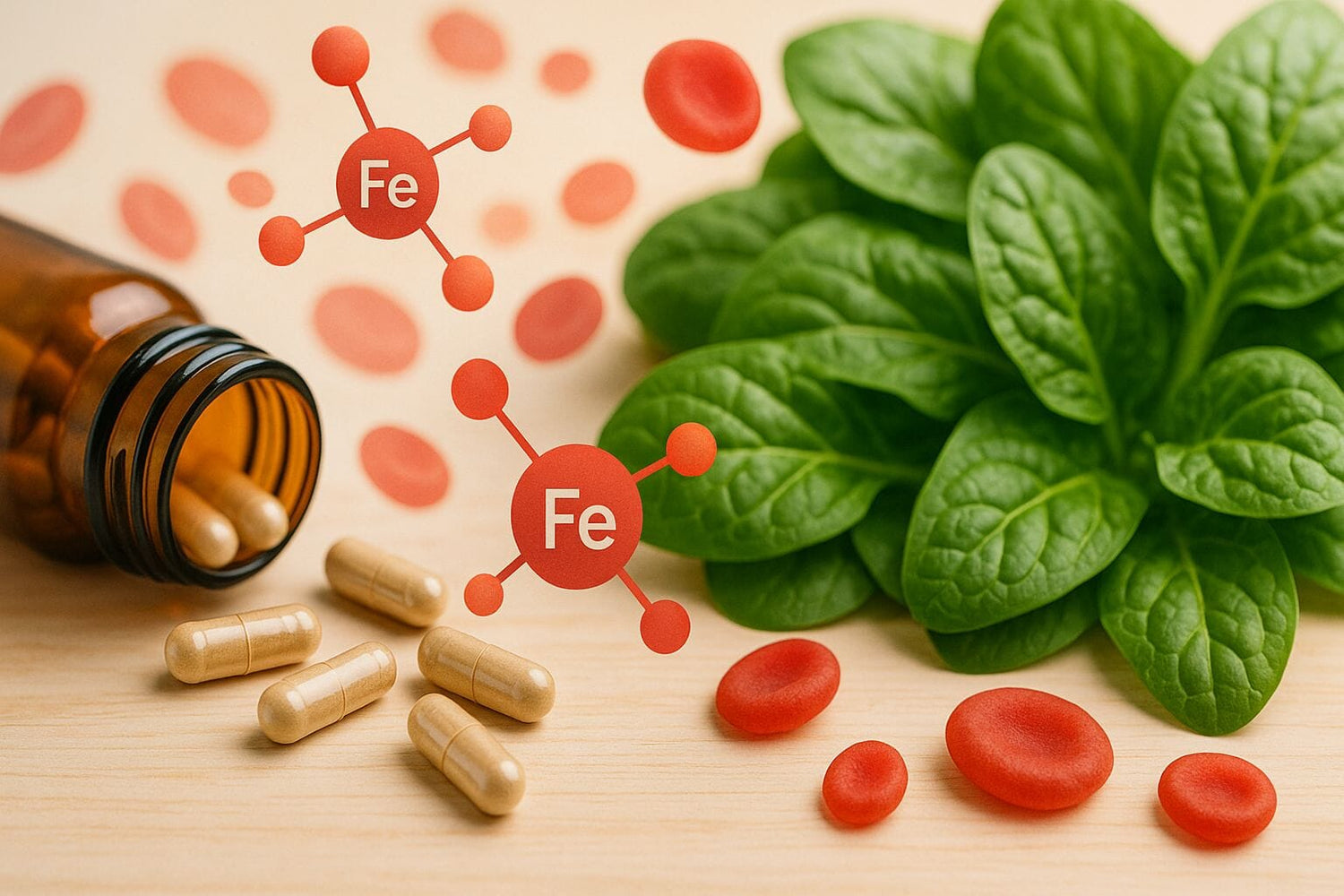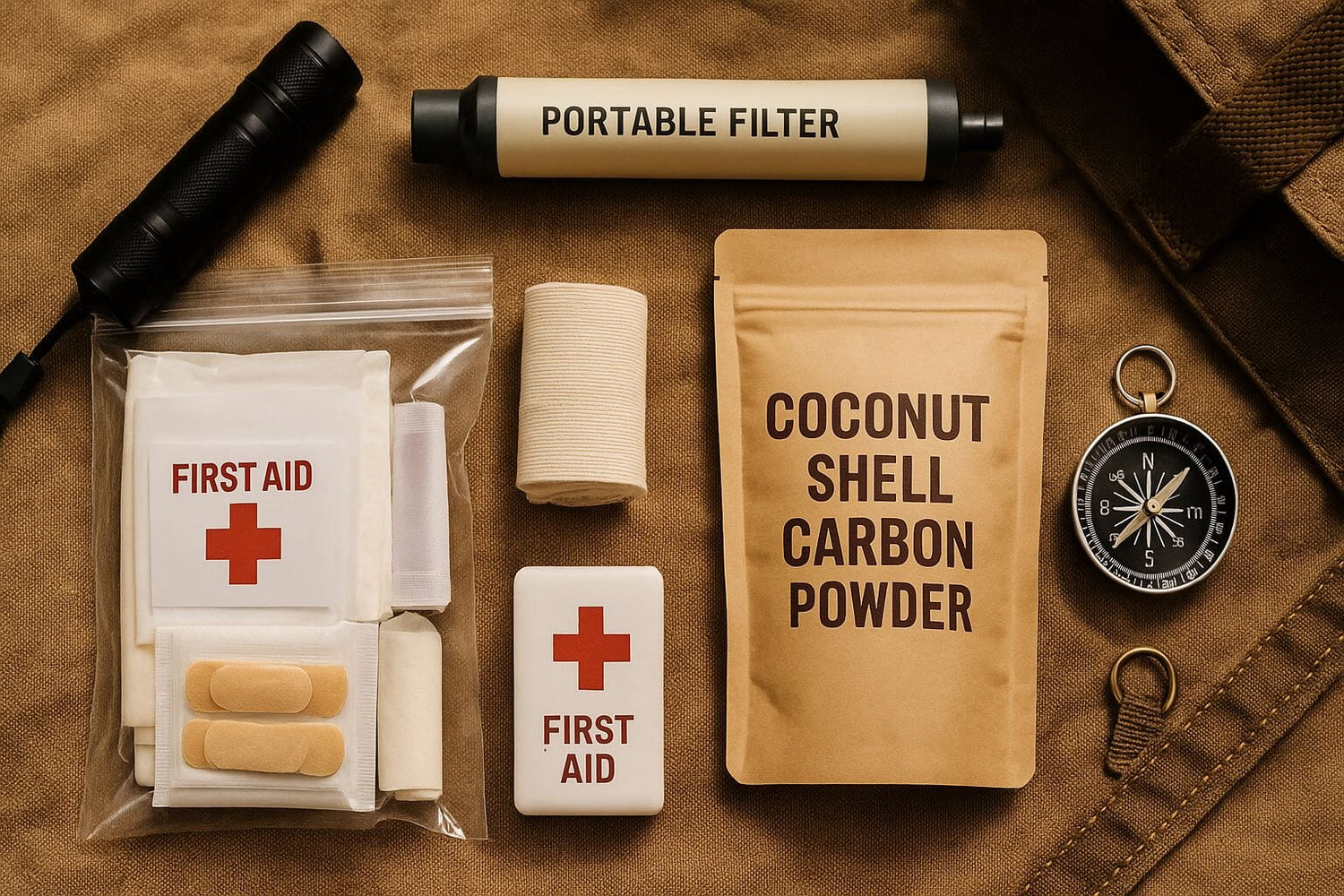Artisan bakeries worldwide are increasingly incorporating coconut activated charcoal into doughs, from dark sourdough loaves to charcoal-infused croissants and pizza crusts. It delivers an intense, jet‑black hue that’s visually striking and immensely photogenic, ideal for Instagram and food blogs. The novelty alone has fueled demand.
How Coconut Charcoal Works: Porosity, Color & Texture
Activated charcoal made from coconut shells is created through high-temperature treatment that yields an extremely porous substance. This gives it strong adsorptive capacity, allowing it to bind various substances in the gut, which is why it has roots in emergency medicine for treating overdoses.
Bakers prize it for its ability to:
-
Produce a flawless black aesthetic without artificial dyes.
-
Impart a subtle earthy or smoky flavor in small amounts.
-
Create a unique crumb and texture, sometimes denser due to moisture absorption and effects on gluten formation.
Benefits vs Limitations of Using Coconut Charcoal
How to Use Coconut Activated Charcoal Responsibly in Baking
-
Use small, controlled doses: Typically under a few grams per loaf or batch, enough for color, minimal impact on nutrition.
-
Avoid serving to customers on medications, or include caution labels and timing instructions.
-
Do not make explicit detox or nutritional claims. Focus on aesthetics and novelty.
-
Pair with nutrient-dense ingredients, like whole-grain flour or seeds, to offset minor absorption effects.
Why Choose Coconut Activated Charcoal Powder
-
Produced from pristine coconut shell sources using clean, regulated methods.
-
Fine grade texture ensures even dispersion in dough and predictable results.
-
Clear labeling and quality assurance make it bakery-safe, ideal for artisan producers aiming for consistency and transparency.
Whether for a limited-edition black sourdough or charcoal-tinted croissant, it’s the go-to choice for clean, visually bold bakery creations.
FAQs: Coconut Charcoal in Artisan Baking
1. Is coconut charcoal safe to eat in bread or baked goods?
In very small amounts, it’s generally safe, but it can bind nutrients and medications, so use with caution and proper labeling.
2. Does activated charcoal really detox the body?
No. It adsorbs substances in the digestive tract, neither cleansing blood nor organs beyond that local scope.
3. Can it affect medications like birth control or antidepressants?
Yes, charcoal can reduce efficacy of many prescription medications if consumed within a few hours.
4. Why is coconut charcoal preferred over other charcoal types?
Coconut-based charcoal is cleaner, more sustainable, and less likely to contain impurities than wood or coal-derived versions.
5. Are there legal restrictions on charcoal‑infused bread?
Some regions like NYC and Italy regulate its use strictly or prohibit health-related claims on packaging.
6. How should a bakery communicate about charcoal items?
Clearly label them, indicate potential medication interaction, and highlight them as an aesthetic specialty rather than a health product.
Coconut activated charcoal has exploded in artisan baking because it transforms ordinary breads and pastries into visually stunning, conversation-worthy creations. But behind the dramatic looks lies a slew of scientific, nutritional, and regulatory complexities.
Used sparingly and thoughtfully especially with a quality source, Coconut Activated Charcoal Powder can elevate your bakery offerings in a bold, Instagram-ready way. Just be transparent, avoid health claims, and prioritize customer safety alongside creativity.






